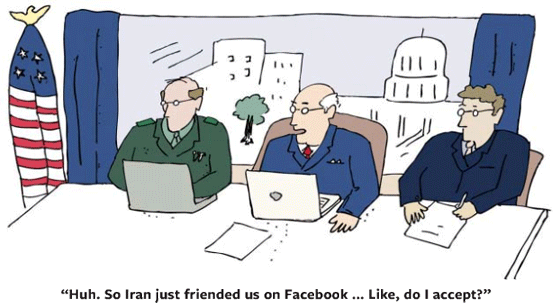[image src=”http://www.darrenkrape.com/wp-content/uploads/2009/10/measurement-thumb.png” align=”left”]
Recently I had the pleasure to participate in the Public Media Camp, an unconference focused on strengthening local and national public broadcasting. A good portion of the discussion focused on the disruptive and new opportunities being presented by Internet-based dissemination and social media.
Of Hubs and Spokes
While the focus on social media related well to my work in public diplomacy, the very structure of public media actually seems quite similar to the hub and spoke model of the central State Department in Washington and the various embassies, consulates and missions scattered around the world. As with public broadcasting, content is produced and disseminated in Washington and the very diverse missions overseas. Just as NPR or PBS in Washington balances the needs of their direct national audience with the needs of their affiliate stations, the State Department also has to support an international audience for its America.gov properties while meeting overseas mission needs.
Additionally, most public media outlets focus more on informing audiences and social change than increasing profits. Public diplomacy has similar goals: changing perceptions about the United States’ and its policies and creating a better environment for U.S. goals, such as democratization, improving religious freedoms and so on. Without profits as a baseline metric, both organizations aim for more intangible goals, such as those elucidated above. This makes measurement more challenging, with related knock-on effects.

